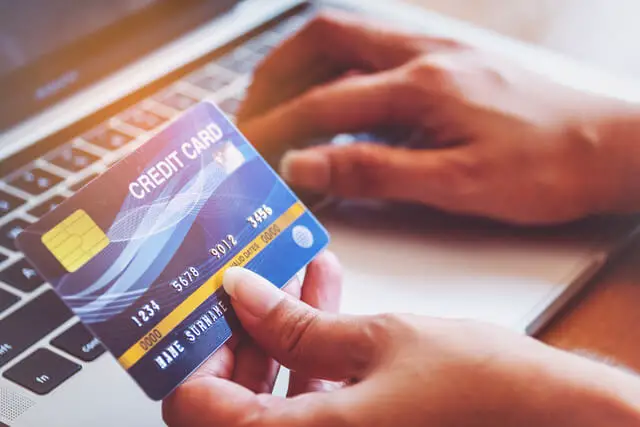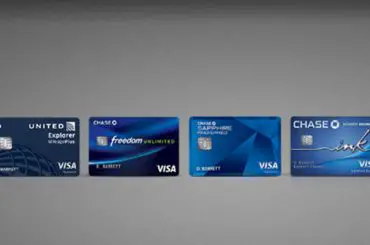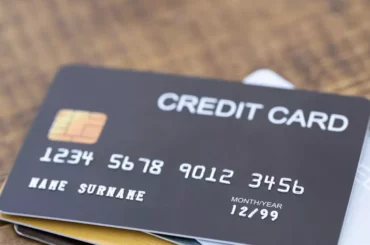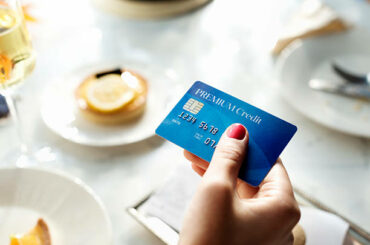Information presented on this web page is intended for informational and educational purposes only and is not meant to be taken as legal, financial, investment or tax advice. We do not accept any responsibility for any trading or investment related losses. Please review our disclaimer on before taking action based upon anything you read or see.
A unique identifying number, or PIN, for a credit card, is usually a four-digit code you use to confirm that you are the cardholder. It serves the same purpose as a signature in establishing your identity and defending you against fraud. You may need to enter this code to get an ATM cash advance in the United States. However, credit card requirements may vary in other nations. When traveling internationally, you may have to enter your credit card PIN to make some purchases, such as those at unattended kiosks at railway stations. You may need to understand how to find a credit card pin now.
Thus, we have made this post to aid you. Come along as we highlight this below.
What is a PIN for a credit card?
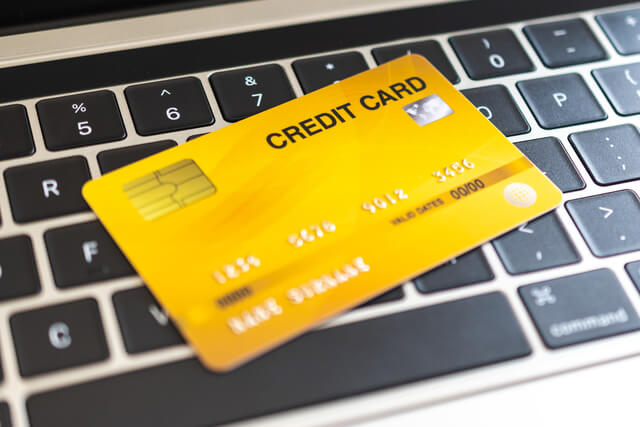
When you open a credit card, you can choose a four-digit PIN along with your signature and the EMV chip on your card. It is sometimes utilized as an additional layer of protection.
However, while using a credit card in the United States, you often do not require your PIN. Instead, you sign for the transaction after inserting or swiping your credit card through the scanner. Additionally, you aren’t always necessary to sign.
How to Find a Credit Card Pin
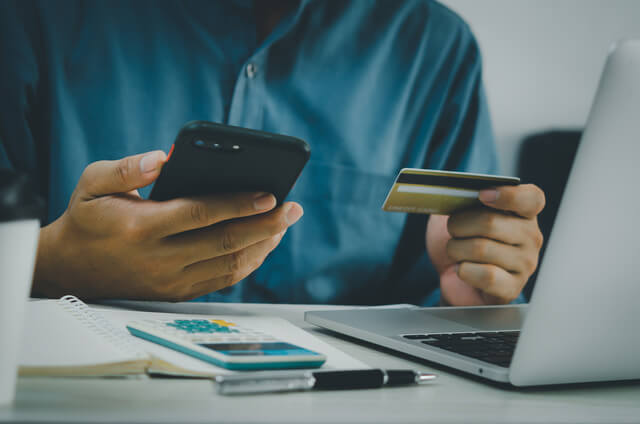
If you haven’t a PIN for your credit card, it could be because you chose not to have one created when you started your account. However, you may be able to acquire one based on your card’s provider.
Your credit card provider will choose how to get or request a PIN. However, the following methods may help you locate or generate your PIN:
Mail received from your issuer:
It’s possible that your credit card papers also included your PIN. However, PINs are usually supplied separately from credit cards for security reasons. They won’t likely be in the same package.
Your online profile:
If you can’t locate the PIN papers, your internet account should be your next stop. To find out what your credit card PIN is, use the net-banking webpage of the card issuer.
Speak with your provider:
To find out your PIN, you may alternatively phone the credit card provider. You may be able to ask for a new PIN even though it won’t likely reveal yours over the phone. Your home address may receive PINs by mail. However, if you haven’t had one before, you may be able to set it up over the phone, over text, or via email.
What if my credit card provider forbids chip-and-PIN transactions?
Sadly, not every credit card company accepts the same PIN for every purchase. For instance, Chase prohibits using your cash advance PIN for transactions. Therefore, purchasing would need a different PIN.
Check your card issuer’s most recent policies if you believe you’ll need to make a chip-and-PIN transaction, particularly abroad. You don’t want to learn that chip-and-PIN transactions are not supported. Or that, after traveling overseas, your PIN is incorrect.
When a credit card PIN may get required
For the following kinds of purchases, you may require your credit card’s PIN:
1. Payday loans
Credit card PINs can be necessary if you wish to use ATM cash advances. Your PIN entry assists in confirming that you are the card’s owner. Additionally, you cannot execute the cash advance if you forget your credit card PIN or don’t have it when needed.
2. Purchases made outside of the country
When using your credit card to make transactions overseas, there’s a possibility you’ll require a PIN. To authenticate your identity while making default credit card transactions in Europe, you may need to insert your card’s chip and enter your PIN. While you should be able to choose to sign for your transaction in some other way without entering your PIN, that option may not always be available.
For instance, if you don’t have a credit card PIN, you can run into problems with unattended kiosks like those found at European railway stations. If you use a Mastercard or Visa card, these kiosks will occasionally allow you to proceed without inputting a PIN.
You may select a button like “Enter” or “Cancel.” However, that isn’t always the case. If you can’t avoid PIN entering and don’t have a PIN, you might not be able to finish the transaction without an operator’s assistance. That isn’t always an option, though.
Frequently Asked Questions
Are PINs used on credit cards?
Yes. Unique identifying numbers are also included on credit cards, although they are not as often used as debit cards. Additionally, although debit cards do not usually need security codes, credit cards frequently do (typically printed on the back of the cards).
How does an ATM establish a credit card PIN?
The procedures listed below may get used to creating a Credit Card PIN at an ATM:
- Place your credit card in the ATM and select your preferred language.
- Click “generate PIN using OTP” in step two.
- After clicking on it, your enrolled mobile phone will get a “One Time Password.”
- Enter the OTP in step four.
- At this point, enter your preferred 4-digit PIN.
- Retype the PIN and press “Submit.”
- The bank will notify you that your PIN has been created. If you haven’t tried to alter your PIN, get in touch with the bank.
How does an ATM create a credit card PIN?
The procedures listed below may get used to establish a credit card PIN using your net banking account:
- Access your online banking account.
- Next, choose “Credit Card Choices.”
- Select “Change PIN.”
- After that, the bank will send an OTP to the enrolled cellphone number you provided.
- Type the OTP and press the “proceed” button.
- Type in your preferred PIN.
Retype the PIN and press the “Submit” button.
The bank will then inform you that step eight has created your PIN.
What should I do right away if my credit information is compromised?
You need to block your card instantly. This will prevent unauthorized usage of your credit card. Phoning your bank’s customer service line or using your net banking account may block your credit card in a few simple steps.
Will my credit card work at an ATM?
Yes. At an ATM, you may use your credit card. If your credit card has a PIN, you may put it into an ATM, enter your PIN, and then withdraw money. The majority of ATMs have daily or daily dollar or transaction limits. If you need to draw more than a few hundred dollars, you might need to visit your banking institution to get the advances.
Conclusion
With the use of the strategies mentioned above, you may locate your credit card pin with ease. Additionally, possessing a credit card PIN may not be very useful to you if you don’t need to use ATM cash advances and don’t have any plans to go abroad. Chip-and-PIN transactions aren’t rampant in the United States, even though a few credit card issuers provide them.
However, getting a credit card PIN may not harm if your issuer makes one available. In this manner, you won’t have to worry whether the credit card PIN will come in time if you find yourself in a problem financially or if you’re planning a vacation abroad.

